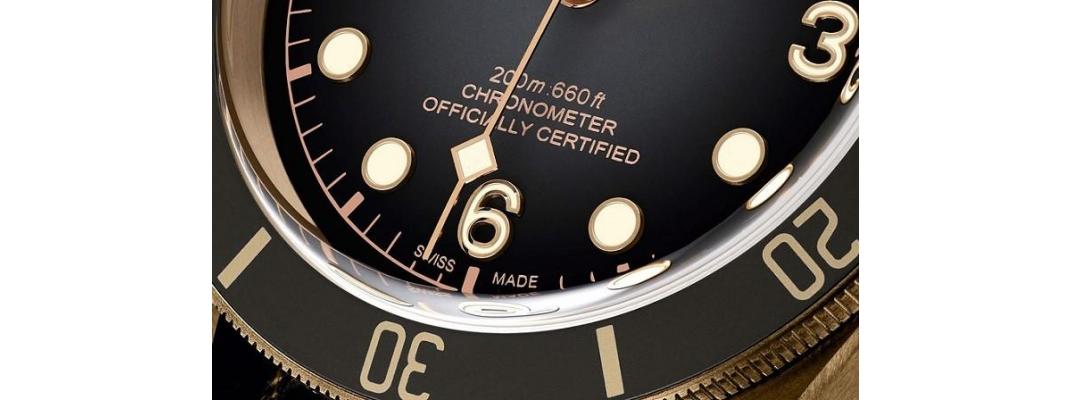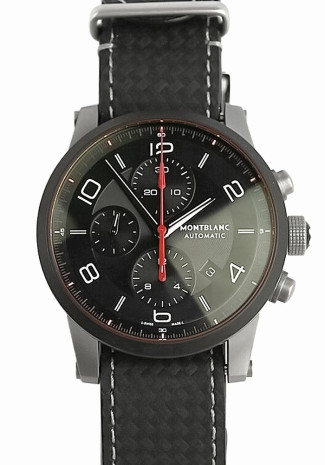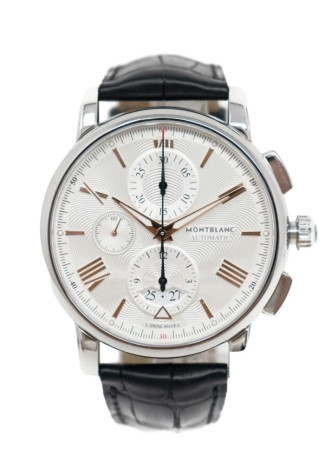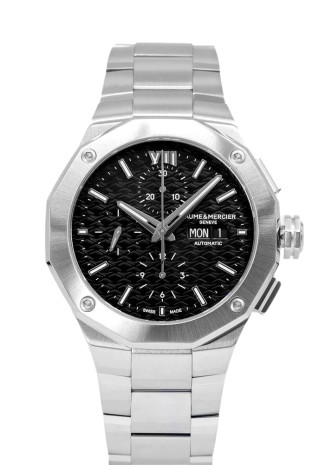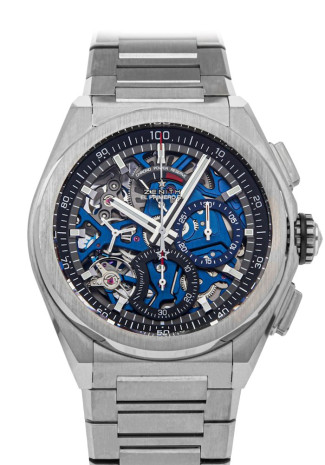Chronograph and Chronometer are two very similar words that are very commonly used in horology. However, they are often used in the wrong context.
Although they sound really similar, their definition couldn’t be more different. Let’s see where they differ.

Chronograph
A chronograph is one of the most well known and most popular complications. Chronograph is another word for ‘stopwatch feature’. This complication can be seen on watches like the Omega Speedmaster, Rolex Daytona and Tag Heuer Carrera. The chronograph is what makes these models iconic.
The stopwatch can be started, stopped and reset without affecting the current time. Most chronographs feature subdials where you can read the exact time that has passed since you started the chronograph. Although chronographs are a relatively simple complication, they have the potential to get incredibly complicated. Think of the A. Lange & Shone Triple Split or the Audemars Piguet Concept Laptimer. These horological marvels are a lesson for another time.

Chronometer
Chronometer has nothing to do with complications or functions, but with accuracy. When a watch is a chronometer, it means that the movement has been tested by a certified independent laboratory. The Swiss standard for accurate timekeeping is tested by the COSC. (Contrôle Officiel Suisse des Chronomètres). The keyword here is ‘independent’. Brands can invent new certificates or use marketing lingo to praise their watches, but COSC is independent, prestigious and can’t be bribed.
Watches of all kinds of brands are subjected through the same tests, whether the watch costs ten euros or ten million euros. For a watch to receive a COSC certificate, it has to withstand rough, long and hard tests.
The movement can’t deviate more than -4 to +6 seconds a day. High quality movements are even stricter: the maximum rate is +1 to -2 seconds a day. Watches are tested for a period of 15 days in 5 different positions in 3 different temperatures.
Recap
So in short: chronograph is a complication, chronometer is a measurement of accuracy. A chronograph can be a chronometer, and a chronometer can be a chronograph. A Rolex Daytona for example, is both chronometer certified and has a Chronograph complication.

